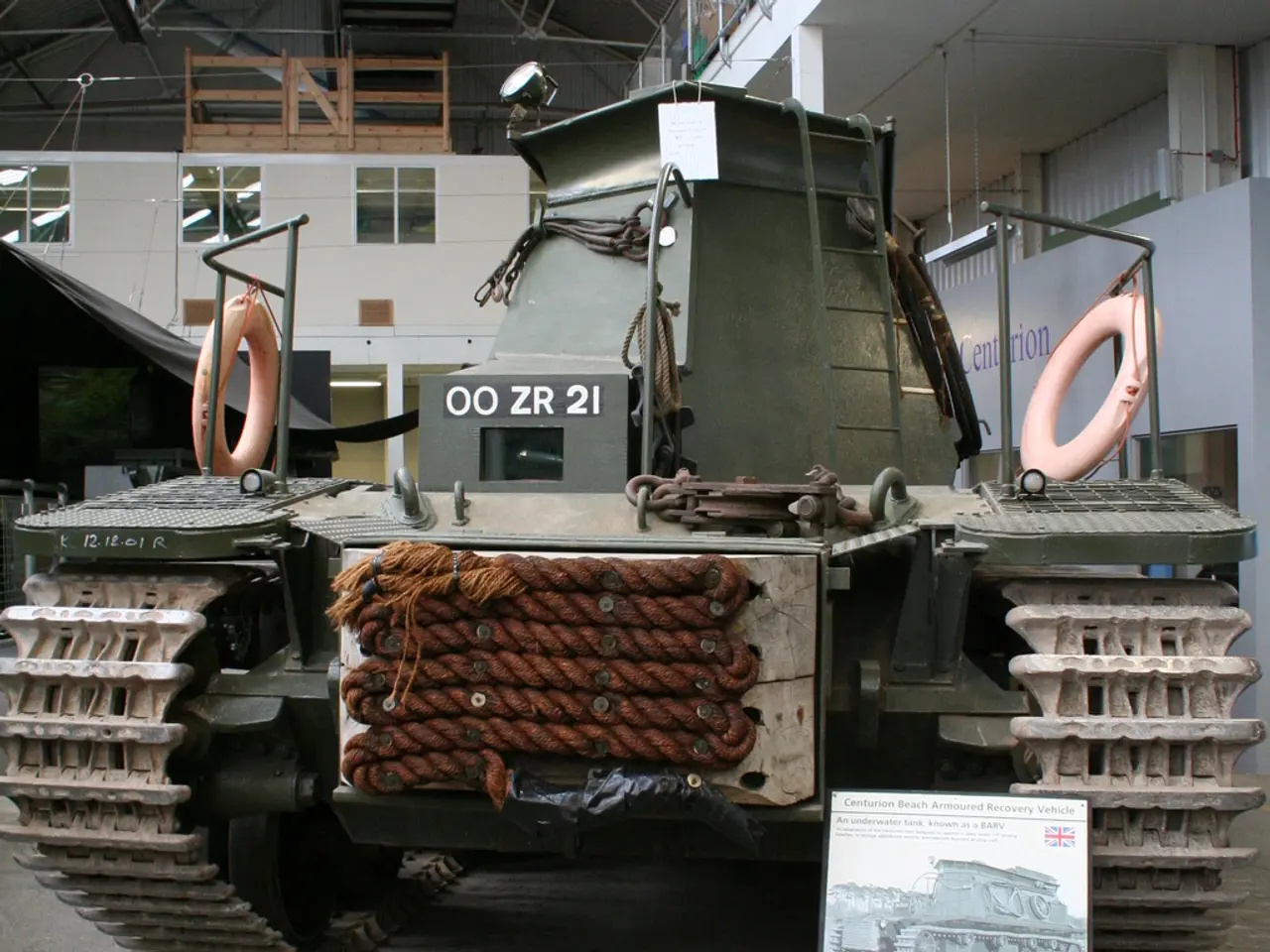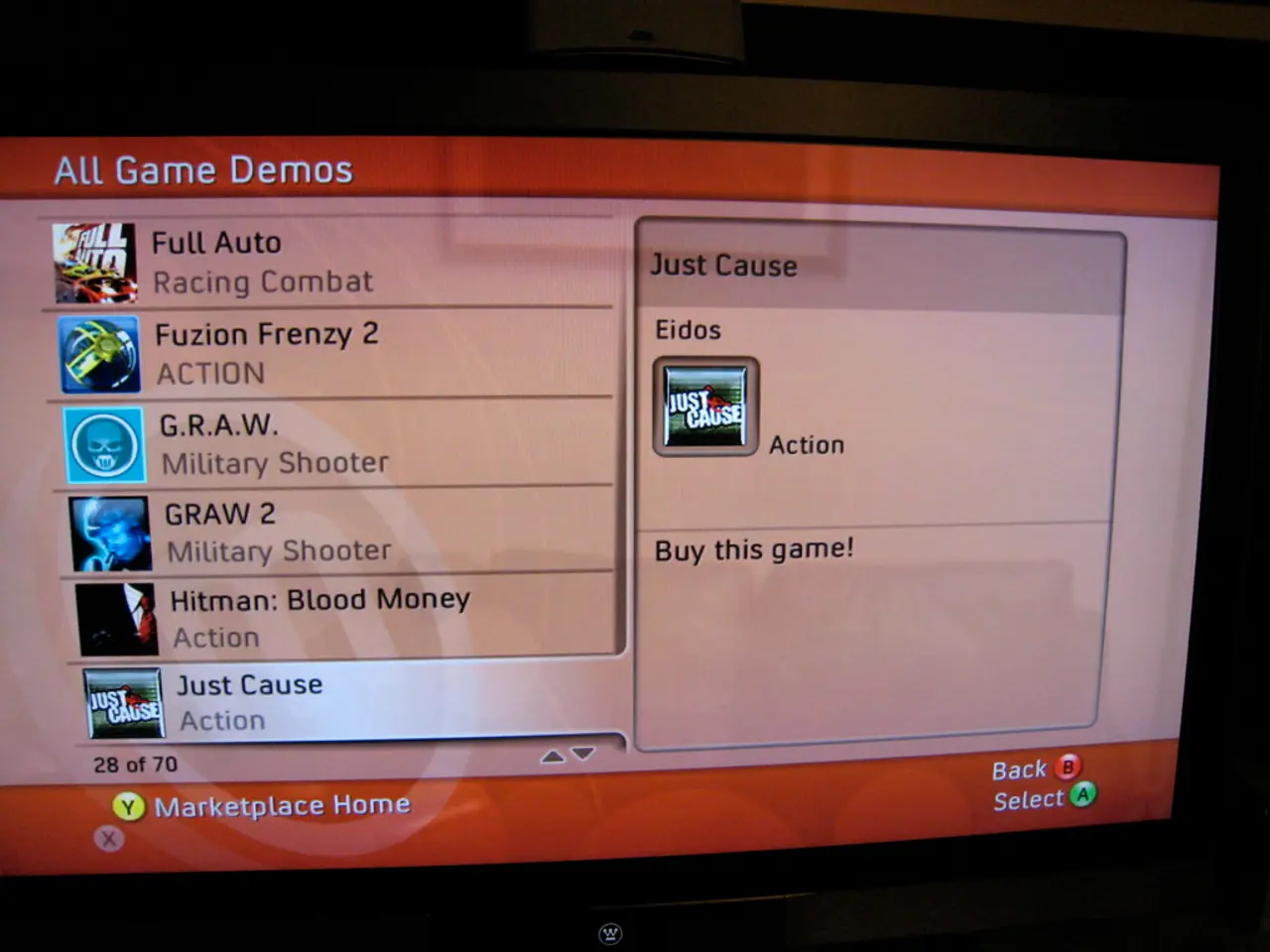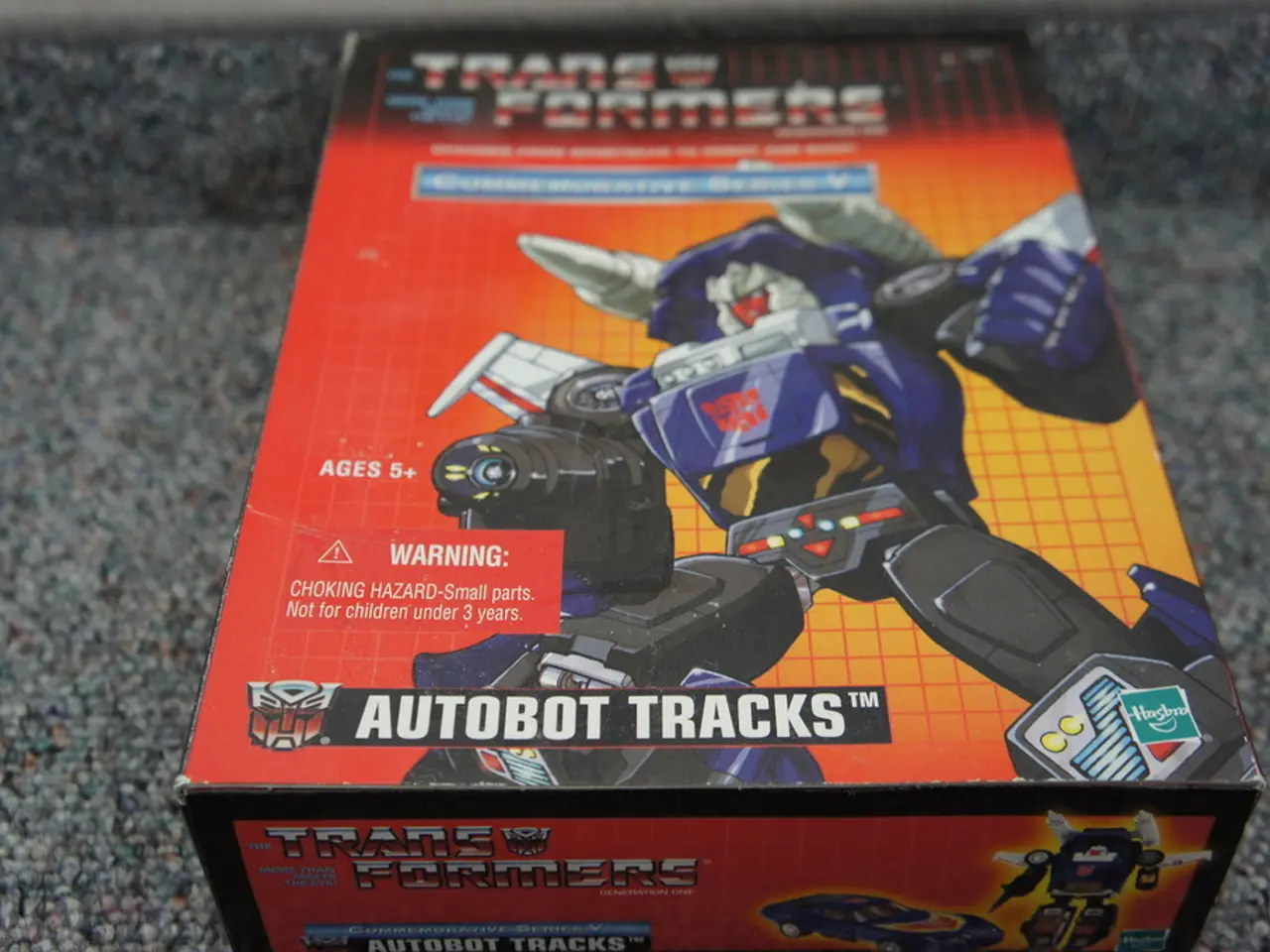Toyota's Incredible Strides in Crafting Yakitori Grills
In the heart of Akita Prefecture, a remarkable transformation is taking place. Toyota Motor East Japan (TMEJ), a spin-off of the renowned car manufacturer, has applied its famous Kaizen philosophy and Toyota Production System (TPS) methods to improve yakitori production at a local chicken farm, Akitahinaiya [1][3].
The story begins in 2011, when Akio Toyoda, the President of Toyota, decided to help manufacturing take permanent root in the Tohoku region after the Great East Japan Earthquake. As a part of this initiative, Akitahinaiya sought a third party to review their practices and suggest any new approaches [2].
Enter TMEJ, which was established in 2012 to support regional industries [2]. The first of TMEJ's kaizen pillars is the 5S's: Sort, Set in Order, Shine, Standardize, and Sustain [2]. Yoshinari Kudou, Project General Manager of TMEJ, explained that they first focused on accepting the industry and demonstrating the 5S's [2].
At Akitahinaiya, TMEJ's kaizen team started addressing issues in the storeroom. The storeroom lacked a logical layout, with items used only during the December busy period given priority [3]. Together with Akitahinaiya employees, they worked tirelessly to organize the storeroom, improving the workflow and reducing search time [3].
The improvements didn't stop at the storeroom. The time taken to make negima yakitori was reduced by an astounding 93% due to TMEJ's efforts [3]. A closer look at the yakitori reveals intricate details, such as the bottom pieces of the skewers being smaller to ensure even cooking, and the first mouthful being larger for a better texture [3].
The leader of Akitahinaiya was surprised by the results of TMEJ's kaizen efforts, and the Representative Director, Mutou, was impressed, commenting on the amount of items removed [2]. In fact, Mutou was surprised to find 64 concerns raised by Akitahinaiya employees as the first step in this process [2].
TMEJ's success at Akitahinaiya didn't go unnoticed. They later teamed up with local authorities to launch an initiative where companies from different industries could learn about Toyota's kaizen efforts [2]. As of now, 157 companies are involved in this initiative, including Akitahinaiya [2].
The integration of Toyota's production mindset into traditional yakitori making demonstrates its commitment to "producing happiness for all" by supporting regional producers and improving local food industries [3]. Many of the key points from TMEJ's kaizen efforts can be useful in various workplaces beyond manufacturing, making this collaboration a significant step towards continuous improvement in diverse sectors.
- The collaboration between Toyota Motor East Japan (TMEJ) and Akitahinaiya chicken farm has extended beyond manufacturing, as the lessons learned from TMEJ's kaizen efforts are now being applied to various industries, signifying a significant step towards business improvement in Akita Prefecture.
- Toyota Motor East Japan's (TMEJ) application of the Toyota Production System (TPS) methods to improve yakitori production at Akitahinaiya farm not only transforms the food-and-drink industry but also contributes to the overall lifestyle improvement in the region.
- With the successful integration of Toyota's production mindset into the traditional yakitori making process, the commitment to "producing happiness for all" extends beyond the automotive industry, reaching finance, technology, and other sectors, fostering continuous improvement across multiple industries.




